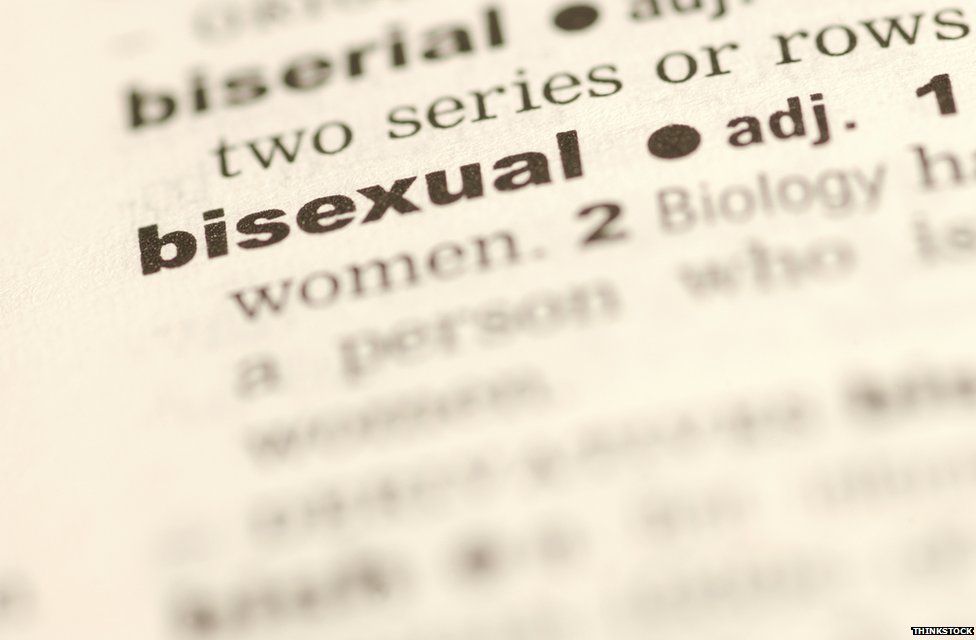

Daters younger than 30 are much more likely than those ages 30 and older to say dating is harder now (71% vs. Still, a majority of single-and-looking adults (63%) – including similar shares of men and women – say dating has gotten even harder during the pandemic, while 32% say it has stayed about the same and just 3% say it has gotten easier. In 2019, two-thirds said their dating lives were not going well, and three-quarters said it was difficult for them to find people to date.

Here are the questions used for this analysis, along with responses, and its methodology.ĭaters were already unhappy with their dating lives before the pandemic. “Non-daters” are single adults who have indicated that they are not currently looking for a relationship or dates. References to “daters” or those who are “single and looking” refer to single adults who have indicated that they are looking for a committed romantic relationship only, casual dates only, or either a committed romantic relationship or casual dates. adult population by gender, race, ethnicity, partisan affiliation, education and other categories. The survey is weighted to be representative of the U.S.

Everyone who took part is a member of the Center’s American Trends Panel (ATP), an online survey panel that is recruited through national, random sampling of residential addresses. adults who told us they are not currently married, living with a partner, or in a committed relationship. These questions were part of a larger survey of 9,388 U.S. Pew Research Center conducted this study to learn more about single Americans’ experiences with dating during the coronavirus outbreak, and how their attitudes toward dating have changed since before the pandemic.


 0 kommentar(er)
0 kommentar(er)
